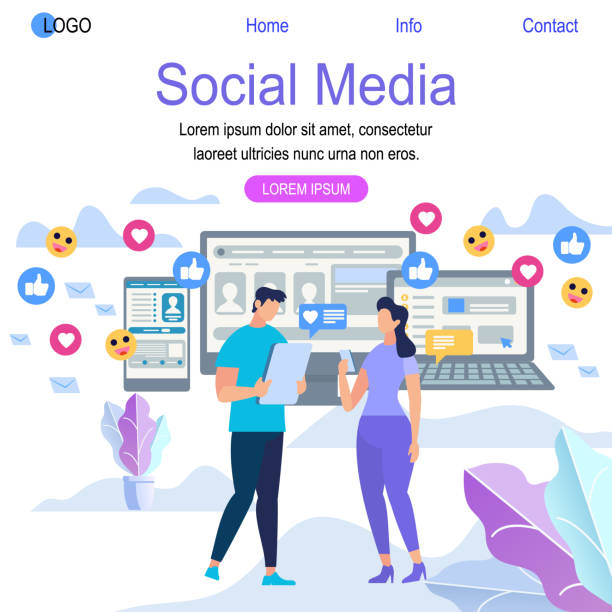Why Do You Need a Personal Website? Definition and Importance
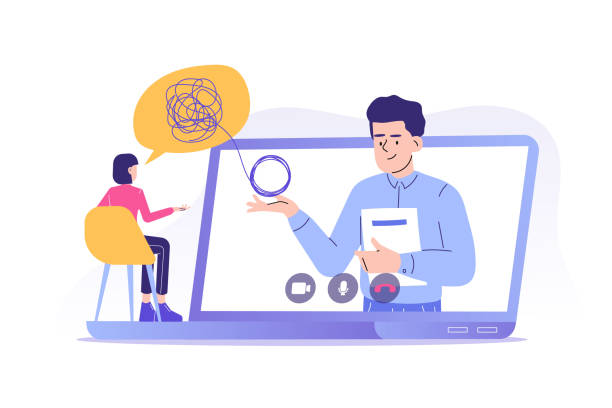
In the current digital age, having a personal website is more than an option; it’s a necessity.
This online platform serves as your showcase in the virtual world, allowing you to build your #digital_identity, strengthen your #personal_brand, and effectively connect with your audience.
From an explanatory perspective, a personal website is a space where you can display your skills, experiences, projects, and even personal interests.
This is particularly important for freelancers, artists, writers, specialists, and entrepreneurs.
An individual website gives you complete control over your content, unlike social media networks which are subject to changing rules and algorithms.
Additionally, this website can serve as a guidance tool, acting as your online resume, showcasing your portfolio, or even a blog for sharing your knowledge and insights.
The main goal of personal website design is to create a central hub for all your online activities, where visitors can directly get acquainted with you and your work.
This can lead to new career opportunities, collaborations, and an increase in your professional credibility.
In summary, it’s a long-term investment in your professional and personal journey that will yield significant returns and ensure a strong, independent presence for you online.
Does your current website showcase your brand’s credibility as it should? Or does it drive away potential customers?
Rasaweb, with years of experience in professional corporate website design, is your comprehensive solution.
✅ A modern, beautiful website tailored to your brand identity
✅ Significant increase in lead generation and new customer acquisition
⚡ Contact Rasaweb now for a free consultation on corporate website design!
Initial Steps in Planning a Successful Personal Website
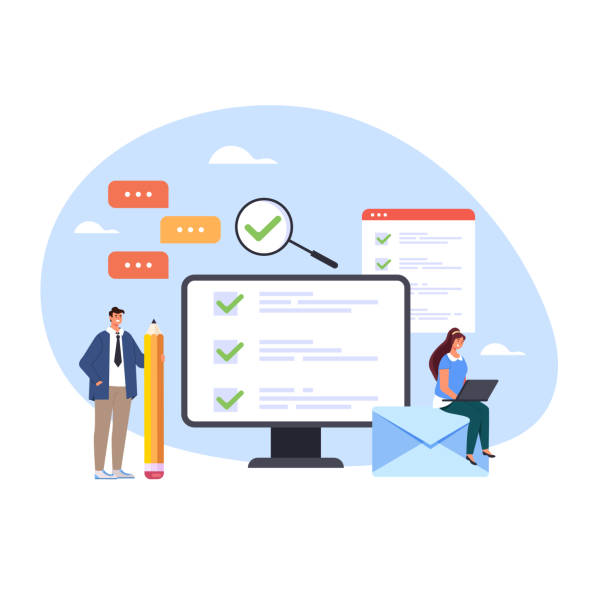
Before starting personal website design, meticulous, step-by-step planning is vitally important.
This stage is like laying the foundation of a building; the stronger the foundations, the more stable the final structure will be.
The first step in this tutorial is to determine the main goal of your website.
Do you want it to be an online resume? A portfolio? A blog for sharing knowledge? Or a combination of these? The answer to this question helps you define your #content_structure and #visual_design.
Next, identifying your target audience is essential.
Knowing who your visitors are, what their needs are, and what content appeals to them helps you produce relevant and valuable content.
This stage leads to the creation of thought-provoking content for the audience.
Furthermore, you need to decide on the website’s structure: what pages do you need (e.g., About Me, Services, Portfolio, Contact Us, Blog) and how should these pages link to each other to provide a good user experience (UX)?
Choosing a suitable domain name and reliable hosting is also important at this stage.
The domain name should be short, memorable, and related to your name or profession.
Finally, planning for the type of content (text, image, video) and the tone of your website is also done in this initial phase.
This structured approach ensures that your personal website design project is not only beautiful but also effective and purposeful.
Choosing the Right Platform for Building a Personal Website: Options Analysis
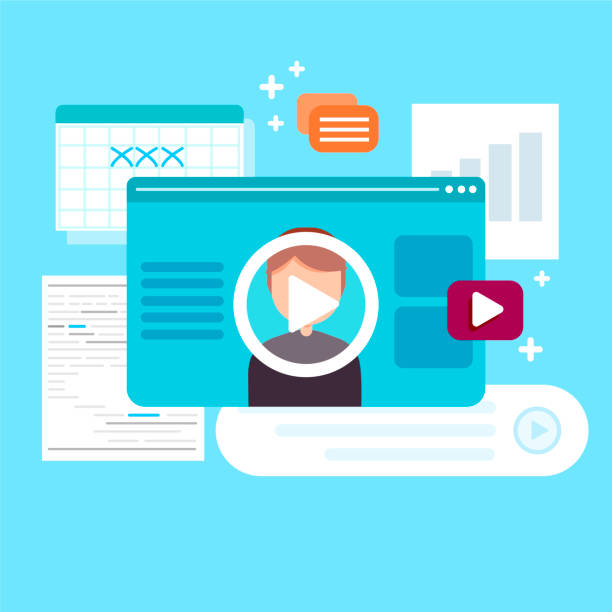
One of the key decisions in the personal website design process is choosing the right platform for building it.
This choice will directly impact ease of use, flexibility, and your costs.
From an analytical perspective, there are two main categories of platforms: Content Management Systems (CMS) like WordPress and Joomla, and Website Builders like Squarespace or Wix.
WordPress, due to its high flexibility, countless available plugins and themes, and large user community, is a #popular option for many users.
This platform is suitable for both beginners and professional developers, but it requires more technical knowledge for setup and maintenance.
On the other hand, website builders like Squarespace and Wix have greatly simplified the website building process by offering a drag-and-drop user interface, providing #fun and visually appealing options for individuals without programming knowledge.
However, this ease usually comes with reduced flexibility and control over the code.
For a personal website, if you are looking for a quick and easy solution, website builders are more suitable, but if you seek full control, advanced features, and future scalability, CMS platforms are a better choice.
The final decision depends on your specific needs, your technical knowledge, and the budget allocated for building your personal website.
| Feature | WordPress (CMS) | Squarespace (Website Builder) | Custom Development (Custom Code) |
|---|---|---|---|
| Ease of Use | Medium to High (requires learning) | High (drag-and-drop) | Low (requires coding knowledge) |
| Flexibility and Customization | High (with plugins and code) | Medium (limited to templates and platform features) | Very High (anything you can imagine) |
| Initial Cost | Hosting and domain (usually low) | Monthly/Annual subscription fee | Very High (developer) |
| Maintenance and Updates | Requires regular updates | Managed by the platform | Requires a developer |
| SEO Control | High (with specialized plugins) | Medium (built-in features) | Complete (requires specialized knowledge) |
Principles of Visual Design and User Experience in Personal Websites

Personal website design is not limited to coding or platform selection; it heavily relies on #visual_appeal and #user_experience (UX).
A strong visual design not only makes your site more beautiful but also significantly helps in conveying your message.
Using appropriate colors that align with your personal brand, readable fonts, and an organized layout are fundamental principles.
For a specialized approach to design, attention must be paid to the psychology of colors and their impact on the audience.
For example, warm colors usually convey a sense of energy and passion, while cool colors are calming.
Choosing high-quality images and videos relevant to the content adds to the visual richness of the site.
On the other hand, user experience is of particular importance; your site should be intuitive, easy to navigate, and responsive for visitors, meaning it should display correctly on all devices including desktops, tablets, and mobile phones.
Website loading speed is also an important factor in user experience; no one likes to wait for a page to load.
Clear menus, distinct Call-to-Action buttons, and simple contact forms all contribute to improving UX.
The ultimate goal in building an individual website is to provide a pleasant and hassle-free experience for the visitor, encouraging them to explore the site further.
These principles form the cornerstone of a successful online presence.
Did you know a weak corporate website takes away many opportunities from you daily? Solve this problem forever with professional corporate website design by Rasaweb!
✅ Create a powerful and reliable image for your brand
✅ Targeted attraction of new customers and increased sales
⚡ [Get Free Website Design Consultation]
Creating Engaging and Purposeful Content for a Personal Website
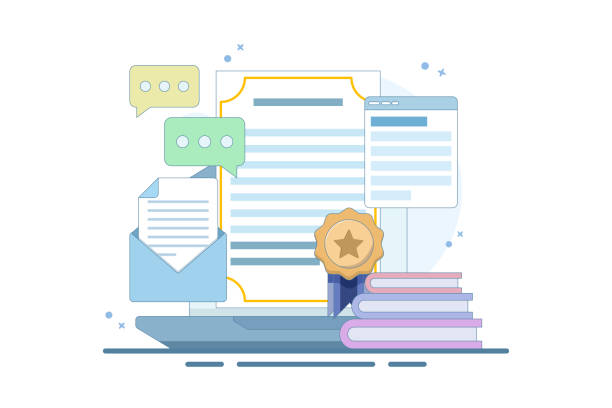
Content is king for any website, and this principle also applies to personal website design.
Creating engaging and purposeful content not only attracts visitors but also keeps them on your site longer.
The first step is to identify your #personal_story and #unique_value_proposition.
What sets you apart from others? What knowledge do you have to share? This thought-provoking content approach can make visitors ponder and invite them to interact.
Blogs are powerful tools for producing continuous and relevant content.
You can write about your expertise, share your perspectives, or even narrate your personal experiences in entertaining stories.
Using catchy titles, short paragraphs, and relevant images and videos adds to the readability and appeal of the content.
In addition to text, you can use various content formats such as a portfolio (to showcase samples of work), an online resume, image galleries, or even podcasts and videos.
It is important that your content is original, valuable, and regularly updated.
Given that your personal website represents you, ensure that the content reflects your tone and voice.
A personal online presence with rich, high-quality content not only enhances your credibility but can also establish you as an authority in your field.
Search Engine Optimization (SEO) for Personal Websites

After completing personal website design and content creation, the next step is to ensure your site is discoverable by search engines like Google.
#Search_Engine_Optimization (SEO) is a process that helps increase your website’s visibility in search results.
From a specialized perspective, this process includes technical, on-page, and off-page aspects.
The first step is keyword research; identifying the words your target audience uses to find services or content related to you on Google.
These keywords should then be naturally incorporated into your titles, headings, and content text.
Optimizing images (compression and use of Alt tags), improving site loading speed, and ensuring the site is responsive (mobile-friendly) are also important technical SEO aspects.
Additionally, creating appropriate internal links between your site’s pages helps search engines better understand your site’s structure.
For more information on #Search_Engine_Optimization, you can refer to reliable sources like Wikipedia.
External link building (Backlinks) from other websites is also one of the strongest ranking signals and helps increase your site’s credibility.
Remember that SEO is an ongoing process and requires regular monitoring and updates to ensure your personal website remains competitive in the digital landscape and attracts visitors.
Continuous Maintenance and Updates of a Personal Website
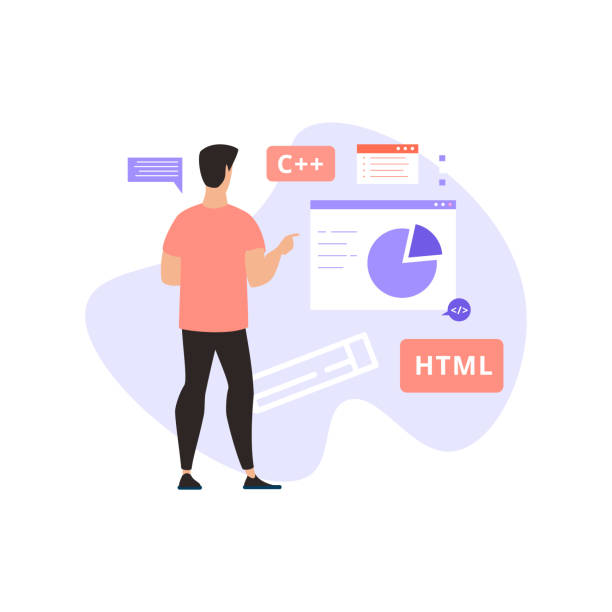
After completing personal website design, your work is not over.
Continuous maintenance and updating of the site are essential to preserve its efficiency, security, and appeal.
From a guidance perspective, this section helps you keep your site fresh and active.
One of the key aspects of maintenance is #website_security; ensuring regular updates of the platform (like WordPress), plugins, and themes to prevent vulnerabilities and cyberattacks.
Regular data backups are also vital to prevent information loss in case of a problem.
This action can be done manually or using automated tools.
On the other hand, content updates are also important.
Outdated content can lead to a drop in search engine rankings and bore visitors.
Adding new blog posts, updating contact information, portfolios, and even small design changes shows that your site is active and maintained.
Monitoring site performance with tools like Google Analytics also helps you understand visitor behavior and identify your site’s strengths and weaknesses.
For example, you can see which pages receive the most visits or how users reached your site.
This type of informative data provides the foundation for future improvements to your personal online presence.
Regular maintenance planning significantly increases the lifespan and effectiveness of your website.
| Activity | Recommended Frequency | Description |
|---|---|---|
| Full site backup | Weekly/Monthly | Includes files and database for recovery if needed. |
| Platform (CMS) and plugin updates | Monthly/Quarterly | For optimal security and performance. |
| Check for broken links | Monthly | Ensure all internal and external links are working correctly. |
| Content review and update | Monthly/Quarterly (depending on content type) | Contact information, portfolio, blog posts. |
| Monitor site performance (speed, security) | Weekly/Monthly | Using tools like Google PageSpeed Insights. |
| Analyze statistical data (Google Analytics) | Monthly | Identify user behavior and improvement opportunities. |
Increasing Engagement and Networking Through a Personal Website
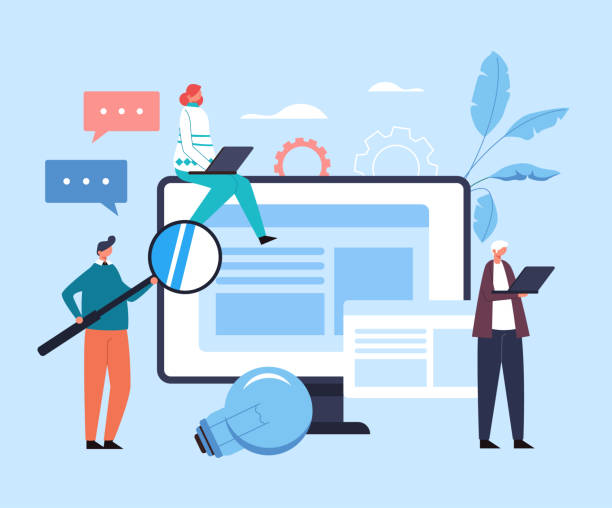
Personal website design is not only a showcase for your abilities but can also be a powerful tool for #increasing_engagement and #networking.
Your website can become a hub for connecting with colleagues, potential clients, and even other professionals in your field.
One of the main ways to increase engagement is to add clear and accessible contact forms.
These forms should be simple and user-friendly so visitors can easily communicate with you.
The comment section on your blog can also be a space for discussion and exchange of ideas.
Encouraging visitors to ask questions or share their perspectives helps create an active community around your content.
Integration with social media is also of particular importance.
Placing links to your social profiles allows visitors to follow you on other platforms and even share your content.
This informative and communicative approach demonstrates your website’s potential to become an interactive hub.
Hosting webinars, online workshops, or even live events through your website, can be an excellent way to attract and engage your audience.
Overall, any feature that facilitates two-way communication contributes to the success of your personal website in terms of interaction.
Did you know a weak corporate website takes away many opportunities from you daily? Solve this problem forever with professional corporate website design by Rasaweb!
✅ Create a powerful and reliable image for your brand
✅ Targeted attraction of new customers and increased sales
⚡ [Get Free Website Design Consultation]
Personal Website Security: Importance and Solutions
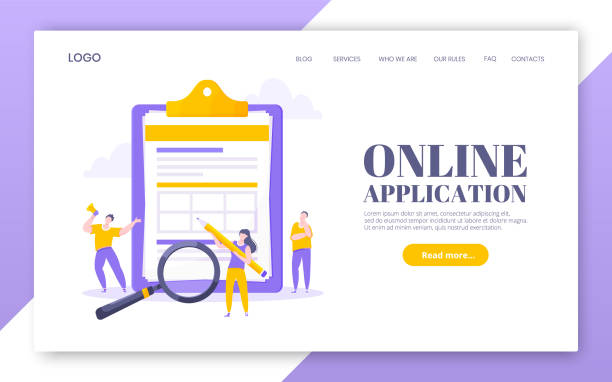
In today’s world, where cyber threats are on the rise, #website_security is one of the most important aspects of personal website design.
An insecure website can not only jeopardize your data and that of your visitors but also harm your professional reputation.
From a specialized perspective, the first step in ensuring security is to use a reputable hosting provider with strong security features.
Many hosting companies offer basic security features such as firewalls and protection against DDoS attacks.
Installing an SSL (Secure Sockets Layer) certificate is essential for encrypting communication between the user’s browser and your website server.
This not only enhances security but also positively affects your site’s SEO ranking.
For more information on the importance of #cyber_security and SSL, you can refer to the article on SSL in Wikipedia.
Using strong and unique passwords for your site’s administration panel and FTP accounts is a fundamental and important measure.
Regularly updating the platform and plugins, as mentioned in the maintenance section, also prevents security vulnerabilities.
Additionally, installing a security plugin (on platforms like WordPress) can help identify and block threats.
Regular website backups also provide an extra layer of protection so that in the event of any security issue, you can restore your site to a previous state.
Awareness of the latest threats and security approaches is an integral part of maintaining a secure personal website.
The Future of Personal Websites and Emerging Trends
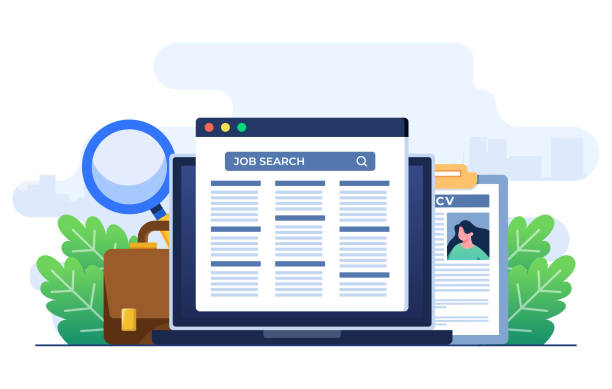
Personal website design has undergone tremendous transformations in recent years, and this trend is expected to continue.
In this analytical section, we will examine emerging trends and their impact on the future of personal websites.
One of the most important trends is the increased focus on #Artificial_Intelligence and #Machine_Learning in user experience.
Smart chatbots for answering visitor questions, personalized content recommendations, and even analyzing user behavior to improve design, are among the applications of AI.
Also, Virtual Reality (VR) and Augmented Reality (AR) have high potential for creating immersive experiences on personal websites, especially for artists and designers who can display their works in a three-dimensional space.
The focus on privacy and data security has also become a major concern.
Users expect more transparency and control over their personal data, which pushes developers towards implementing stronger security protocols and clearer privacy policies.
The building of individual websites in the future will emphasize accessibility more than ever for people with various abilities, which includes designing with appropriate contrast, alternative text for images, and keyboard navigation.
Ultimately, personal websites are evolving into multimedia platforms that offer diverse content, blurring the lines between websites, blogs, and social networks.
These developments indicate that personal website design is still progressing and provides new opportunities for creativity and communication.
Frequently Asked Questions
| No. | Question | Answer |
|---|---|---|
| 1 | Why should we have a personal website? | A personal website allows you to professionally showcase your resume, portfolio, experiences, and views, and strengthen your personal brand. This helps increase career and networking opportunities. |
| 2 | What content should we include on a personal website? | It usually includes sections like “About Me”, “Resume” (skills and experiences), “Portfolio” (projects and achievements), “Blog” (articles and insights), and “Contact Me”. The content should be aligned with your website’s goal. |
| 3 | What is the best platform for building a personal website? | WordPress is a very popular choice due to its high flexibility, numerous available themes and plugins, and large user community. Platforms like Wix and Squarespace are also suitable for beginners. |
| 4 | What points should be considered in personal website design? | Responsive design for correct display on mobile and tablet, high loading speed, a simple and attractive user interface (UI) and user experience (UX), and search engine optimization (SEO) are key points. |
| 5 | How to choose a suitable domain name for a personal website? | It is best for the domain name to be simple, short, memorable, and related to your name or personal brand. Using common extensions like .com, .net, or .ir is recommended. |
| 6 | What is the importance of the Portfolio section on a personal website? | The portfolio section is the most powerful tool to showcase your skills and completed projects. This section helps potential employers or clients tangibly see your abilities and have more confidence in you. |
| 7 | Is adding a blog section to a personal website useful? | Yes, a blog allows you to share your expertise through articles and writings, interact with your audience, and improve your site’s ranking in search engines by producing fresh content. |
| 8 | How can a personal website be made to look professional? | Using a clean and modern design, a high-quality and professional profile picture, writing content without spelling or grammatical errors, and ensuring all links and forms function correctly significantly contribute to the website’s professionalism. |
| 9 | What does personal website maintenance and updating include? | Regular content updates, checking link and form functionality, regular data backups, and updating the Content Management System (like WordPress) and plugins are essential for maintaining security and proper operation. |
| 10 | How much does it cost to design and maintain a personal website? | The cost can vary. It includes domain purchase (approx. $15-50 per year) and hosting (approx. $50-200 per year). Using free templates or paying for premium templates and plugins also affects the overall cost. |
And other services of Rasa Web Advertising Agency in the field of advertising
Smart Data Analysis: Designed for businesses looking to manage campaigns through Google Ads management.
Smart Customer Journey Map: A quick and efficient solution to increase website traffic by focusing on an SEO-driven content strategy.
Smart Marketplace: A professional solution for improving SEO ranking with a focus on custom programming.
Smart Digital Branding: An effective tool for attracting customers with the help of attractive UI design.
Smart Digital Branding: A new service for increasing user engagement through the use of real data.
And over a hundred other services in the field of internet advertising, advertising consultation, and organizational solutions
Internet Advertising | Advertising Strategy | Advertorials
Sources
Comprehensive Guide to Personal Website DesignHow to Create a Personal Website?The Importance of a Powerful Online PresencePersonal Branding in the Online Space
? Rasaweb Afarin is your strategic partner in the fast-paced digital world. With a purposeful and professional approach, we help businesses establish a powerful and influential online presence and achieve their marketing goals.
If you are looking to grow your business and create a lasting digital identity, Rasaweb Afarin’s expert team, by providing modern and optimized corporate website design services, paves your path to success. For consultation and more information, contact us.
📍 Tehran, Mirdamad Street, next to Bank Markazi, Southern Kazeroon Alley, Ramin Alley, No. 6

